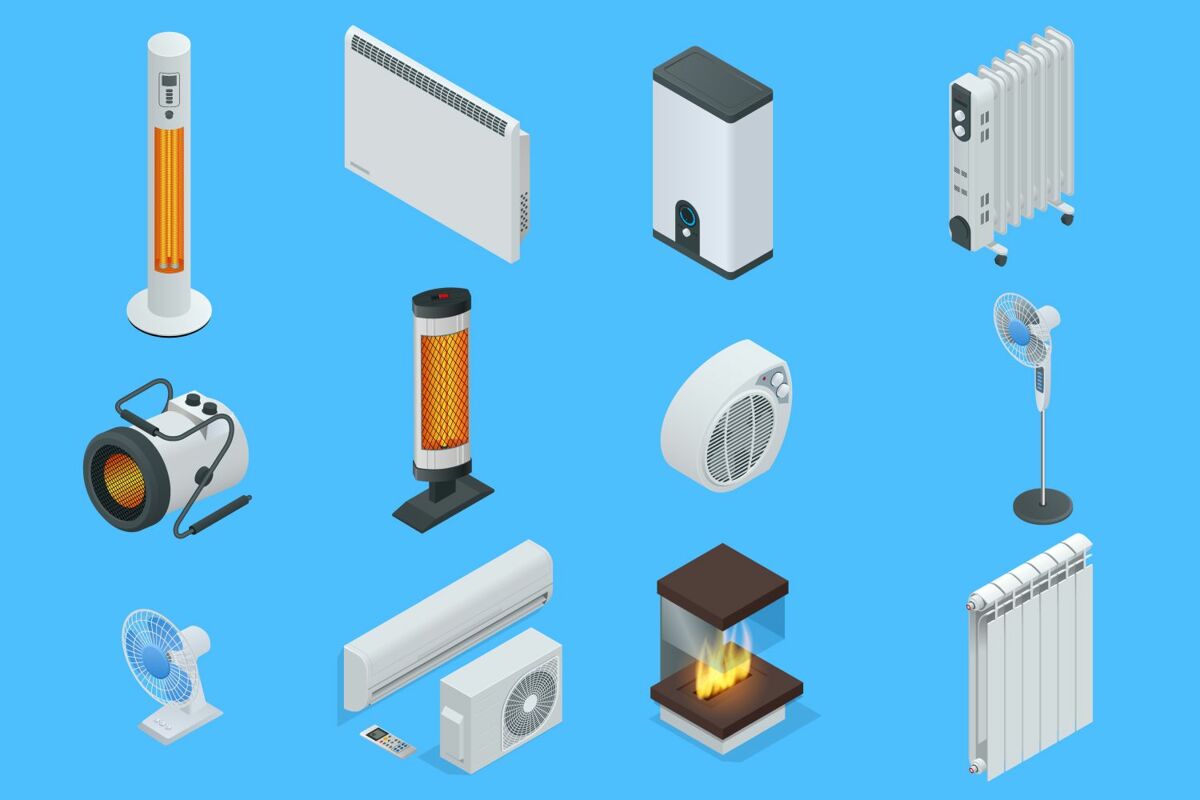 In order to have the most healthy environment, it’s recommended to keep the humidity level between 30 and 50%. Depending on the area you live in, it might be difficult to keep your home around that humidity level. Extreme weather conditions, such as excess rain or dry heat, make this even more of an issue.
In order to have the most healthy environment, it’s recommended to keep the humidity level between 30 and 50%. Depending on the area you live in, it might be difficult to keep your home around that humidity level. Extreme weather conditions, such as excess rain or dry heat, make this even more of an issue.
If this is something you experience often, it’s probably time to invest in either a humidifier or a dehumidifier. These brilliant electronics regulate the level of humidity in the air. Which one is the right choice for you? Keep reading our article to find out how to navigate among all the different types of humidifiers and dehumidifiers.
What’s the difference between a humidifier and a dehumidifier
A humidifier increases the amount of water in the ambient air, effectively increasing the humidity of your living space. It offers relief from dry skin and chapped lips, especially during winter when these problems get much more annoying.
There are two major types of humidifiers: warm mist and cool mist. The former relies on boiling water and releasing it in steam form into the ambient air. The latter creates a cold fog without boiling anything, not only pumping moisture into the atmosphere, but also helping lower ambient temperature, a very welcome feature during summer.
A dehumidifier, on the other hand, pulls excess moisture out of the surrounding area, making it a much less attractive environment for mold and various pathogens. It protects your furniture and household goods from rot. A dehumidifier is an excellent appliance for people with allergies, reducing the amount of pollen and other allergens floating around your home.
Dehumidifiers use various techniques to remove excess water from the air. The simplest and most common form is the good old air conditioning unit, sucking out the excess moisture (along with the heat), and pumping it outside to leave your house cool and dry.
When to use a humidifier and a dehumidifier
The summer’s higher humidity levels tend to make it rather unpleasant due to excess moisture in the air. These are the best conditions to use a dehumidifier in order to make your home a safe haven from all the stickiness. Dehumidifiers are a must-have if you live next to a large body of water, since all the excess moisture can have a negative effect on your health.
The wintertime air is quite the opposite: chilly and dry. Furthermore, the widespread use of heaters makes the issue even worse by drying out your home and eliminating what’s left of moisture. If the air inside your house is too dry, the situation calls for a humidifier. You might even look into installing a central humidifier as a part of your house’s ventilation system if you live in a region that often experiences drought.
Which one to buy: humidifier or dehumidifier
In order to find the right device for you, we recommend getting a hygrometer. You can get it for relatively cheap at most home repair and renovation shops. This piece of equipment can help you determine what the humidity level is at your home, and therefore make an informed decision on whether you need a humidifier or a dehumidifier. Take a look at our selection of weekly flyers if you need a discount.
If your hygrometer shows values below 30%, invest in a humidifier as the air is definitely too dry. Contrasted with this, moisture levels above 50% call for a dehumidifier in order to stave off pathogens and allergens.
If getting a hygrometer is not a possibility, there are some warning signs you can look for. Annoying amounts of static electricity buildup, skin problems, irritated airways, and dry eyes might imply low humidity levels. On the other hand, widespread condensation, mold growths, particularly rotten smells, and food becoming stale suggest too high of a humidity.




